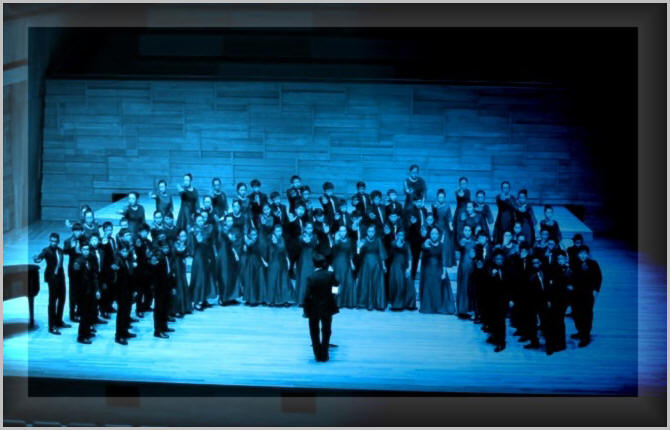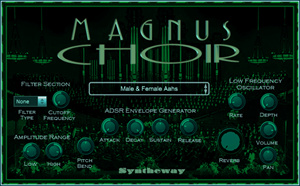What does SATB mean in music
terms?
In music, SATB
is an initialism for soprano, alto, tenor, bass,
defining the voices required by a chorus or choir to perform a
particular musical work. Pieces written for SATB, the
commonest combination and that used by most hymn tunes, can be
sung by choruses of mixed genders, by choirs of men and boys,
or by four soloists.
There is a lack
of general agreement on the initialisms and/or abbreviations
for any but these, the four most frequently encountered
voices.
Other
initialisms/abbreviations often met with in this context
include Tr for Treble, Mz (or similar) for Mezzo-soprano, Ba,
Bar or Bari for Baritone and C for Contralto, this latter
tending to define the gender of the alto(s) expected to sing
the part which, if called A, might otherwise be thought
suitable for Countertenors (Ct). SCTB is therefore commonly
found in Romantic Italian opera choruses where the Alto
singers portray a group of female protagonists on stage.
SATB div.
(divisi, or divided) denotes that one or more individual parts
divide into two or more parts at some point in the piece,
often sharing the same stave. A single choir with two of each
voice type should be written SSAATTBB, unless it is laid out
for two identical choirs, in which case it is SATB/SATB.
Soloists are written in small type, e.g. satb/SATB. In both
these instances a space may be substituted for /. Publishers
usually include such descriptions in their catalogues of
choral works although many fail to provide sufficient detail,
commonly omitting, for example, the term div. where it is
required fully to describe the resources required by the
composer. Also misleading can be the use of B for a Baritone
part or S for an Mz part as for example in Stanford's motet
"Eternal Father" which is scored for SMzATBarB, not SSATBB.
Initialisms of
this kind may also be used to specify the vocal constituents
of an ensemble of solo singers.
Instrumental
music
SATB can also refer to ensembles of four instruments from the
same family, such as saxophones (soprano, alto, tenor and
baritone) or recorders. Also, the individual contrapuntal
parts of many instrumental compositions, particularly fugues,
such as those found in Bach's "The Art of Fugue" and "The
Musical Offering", may also be called SATB.



Magnus
Choir is a virtual instrument which
can be used to create natural and synthetic choirs. The male and female
choruses combine to form a mixed choir, featuring the classic SATB (soprano,
alto, tenor, bass) structure: women sing soprano and alto, while men sing
tenor and bass. Versatile to generate a wide spectrum of choirs, vocal
textures, choral pads and voices with modulation capabilities for a new
level of realism in digital sound creation. Available as
plugin in VST 32 bit and 64 bit and VST3 64 bit versions for
Windows as well as in Audio Unit, VST and VST3 for
macOS.

VST™
is a trademark of Steinberg Soft- und Hardware GmbH
Audio Units™ is a trademark of Apple
Inc.

